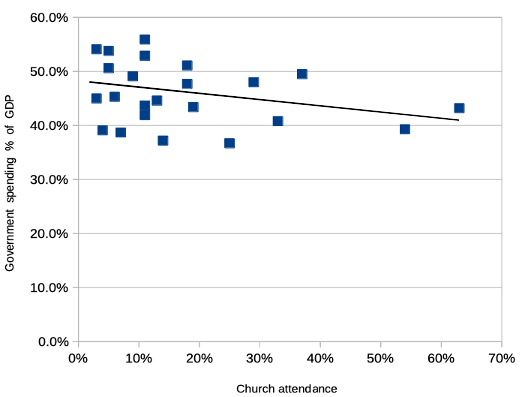I caught the flu, and held it for two weeks, so all I have managed to do is play with some data.

These are most European countries (where I found all data) plotted.
Have you noticed that people in the northern (or rather more distant) part of a country are more positive to immigration volumes than the ones living closer to the receiving end? I argue this leads to the Northern parts of countries outvoting the Southern part so that they cannot stop the flow, whereas in countries where the distance between North and South is slight, the whole population will agree about migration policy, and they will be quick to thwart the flow. This formula works so-so to predict how many migrants a European country will grant asylum to in a 10-year period (I just made it up):
Asylums per 1000 capita ≈ 2 x D x (( S – 0.2 ) x 5 )2 / (( 200 + ( C x 1000 ))
.. where ..
D = distance in km between the most Southern influential urban area and the most Northern
S = government spending as ratio of GDP
C = church attendance, ratio of population.
It can be further refined by dividing the index for former colonial powers by 2. That is, they are less inclined to receive more migrants than the states without colonial past. Then we get:
Austria 15.6 : 1.7 Belgium 7.9 : 1.6 Czech Republic 0.4 : 1.3 Denmark 6.7 : 4.6 Estonia 0.3 : 0.9 Finland 4.6 : 12.6 France 3.1 : 7.7 Germany 13.1 : 5.8 Hungary 0.5 : 3.1 Ireland 1.1 : 0.5 Italy 3.6 : 3.4 Latvia 0.3 : 1.2 Lithuania 0.3 : 0.7 Netherlands 6.6 : 1.6 Norway 14.2 : 7.5 Poland 0.4 : 1.6 Portugal 0.2 : 2.1 Romania 0.3 : 1.1 Slovakia 0.3 : 0.5 Slovenia 0.3 : 0.8 Spain 0.4 : 2.6 Sweden 30.3 : 17.8 United Kingdom 2.6 : 2.5
The first column is the actual number of granted asylum applications per 1000 capita years 2006-2017. The second is the prediction from the index.
In the case of Austria, switching from North-South to West-East (Innsbruck – Wien) yields 4.8. It makes sense because the western part of the country is less exposed in the Alps. Can we conclude that the oblong shapes of Italy, Germany and Sweden have been a weighty factor in escalating the migration crisis?
